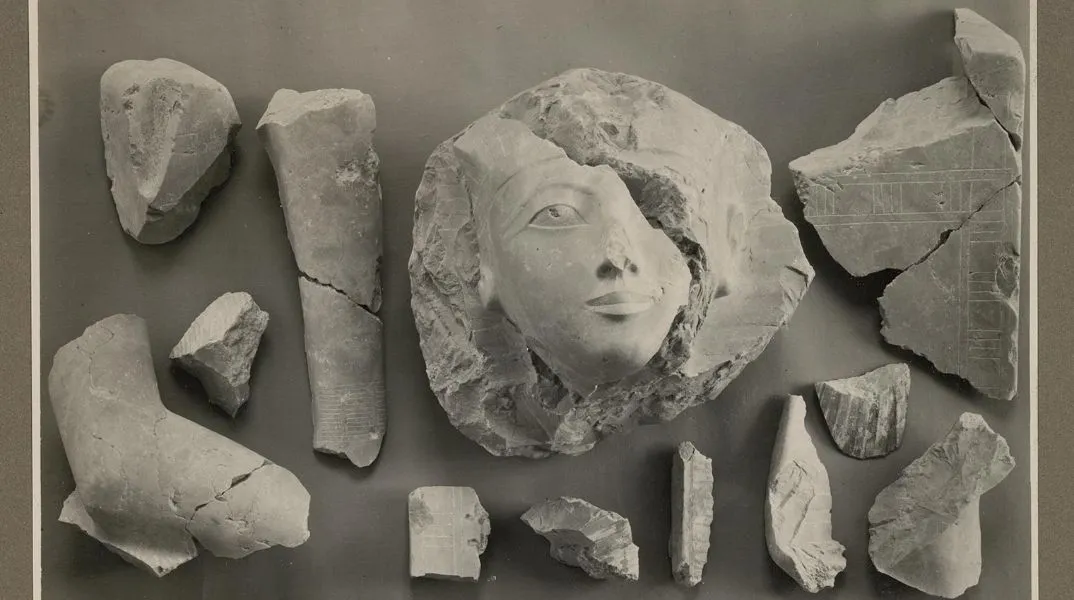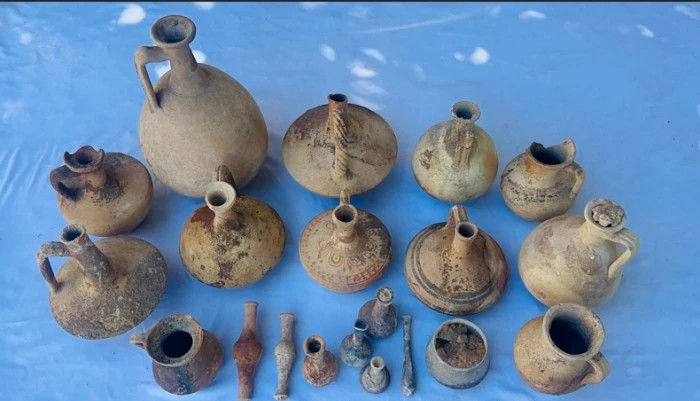The Euphrates River, once a lifeline to countless civilizations throughout history, has been progressively drying up in recent years. This alarming development has not only threatened the livelihoods of millions but also unveiled archaeological treasures long buried beneath the riverbed. In this article, we explore the factors that have contributed to the Euphrates River's diminishing water flow and delve into the remarkable archaeological finds that have emerged as a result.
Causes of the Euphrates River's Drying
Climate change: One of the primary reasons for the dwindling water levels in the Euphrates River is climate change. Rising temperatures have resulted in a substantial reduction in snow and ice cover in the region's mountains, which feed the river. Additionally, more frequent and severe droughts have led to diminished precipitation and increased evaporation rates, causing the river to shrink dramatically.
Dam construction: The construction of dams along the Euphrates and its tributaries has had a significant impact on the river's water flow. Countries like Turkey, Syria, and Iraq have built dams for hydroelectric power, irrigation, and flood control. While these dams have provided numerous benefits, they have also disrupted the natural flow of the river, causing water levels to drop and negatively affecting downstream communities.
Unsustainable water usage: The region's growing population has placed immense pressure on the Euphrates River. Agriculture, industry, and domestic use have all contributed to excessive water withdrawals, which have outpaced the river's natural replenishment rate. This unsustainable water usage has further compounded the river's decline, putting additional stress on already strained ecosystems and communities.
Archaeological Finds Revealed by the Euphrates' Decline
The receding waters of the Euphrates River have exposed numerous archaeological sites, offering an unprecedented opportunity for researchers to study the region's rich history. Some of the most significant finds include:
Ancient Mesopotamian cities: The drying river has revealed the remnants of ancient Mesopotamian cities such as Ur and Uruk. These cities, once thriving centers of civilization, have provided archaeologists with valuable insights into the region's history, including its trade networks, architectural styles, and social organization.
Cuneiform tablets: A treasure trove of cuneiform tablets has been unearthed as the Euphrates' waters have retreated. These ancient clay tablets, inscribed with the world's earliest known writing system, have offered scholars a wealth of information about the region's political, economic, and cultural history.
Lost temples and palaces: As the river's waters have receded, archaeologists have discovered previously unknown temples and palaces. These structures have provided new insights into the religious and political life of the ancient civilizations that once thrived along the Euphrates River.
The drying of the Euphrates River is a complex and multifaceted issue, with climate change, dam construction, and unsustainable water usage all playing a role. While this ecological crisis has led to the discovery of remarkable archaeological finds, it has also underscored the urgent need for collaborative and sustainable water management strategies among the countries that share the Euphrates River. If we are to safeguard this vital resource for future generations, it is essential that we address the causes of its decline and work together to find long-lasting solutions.










